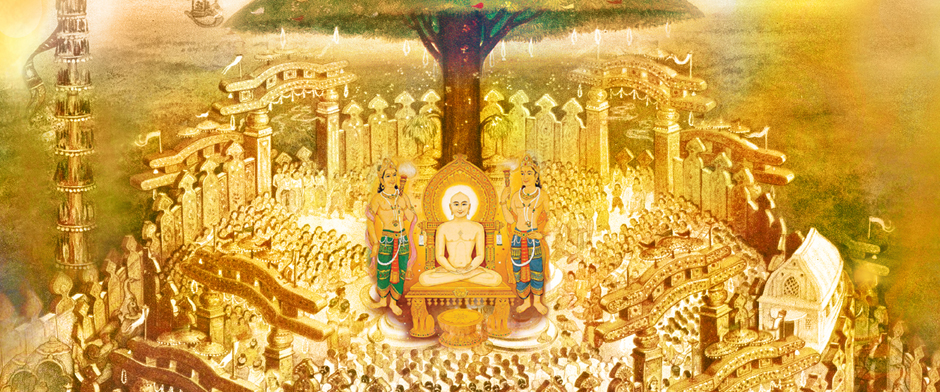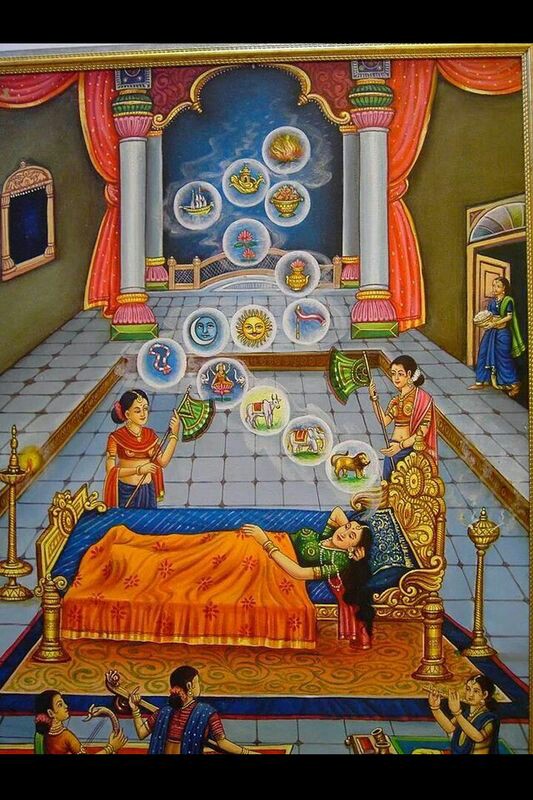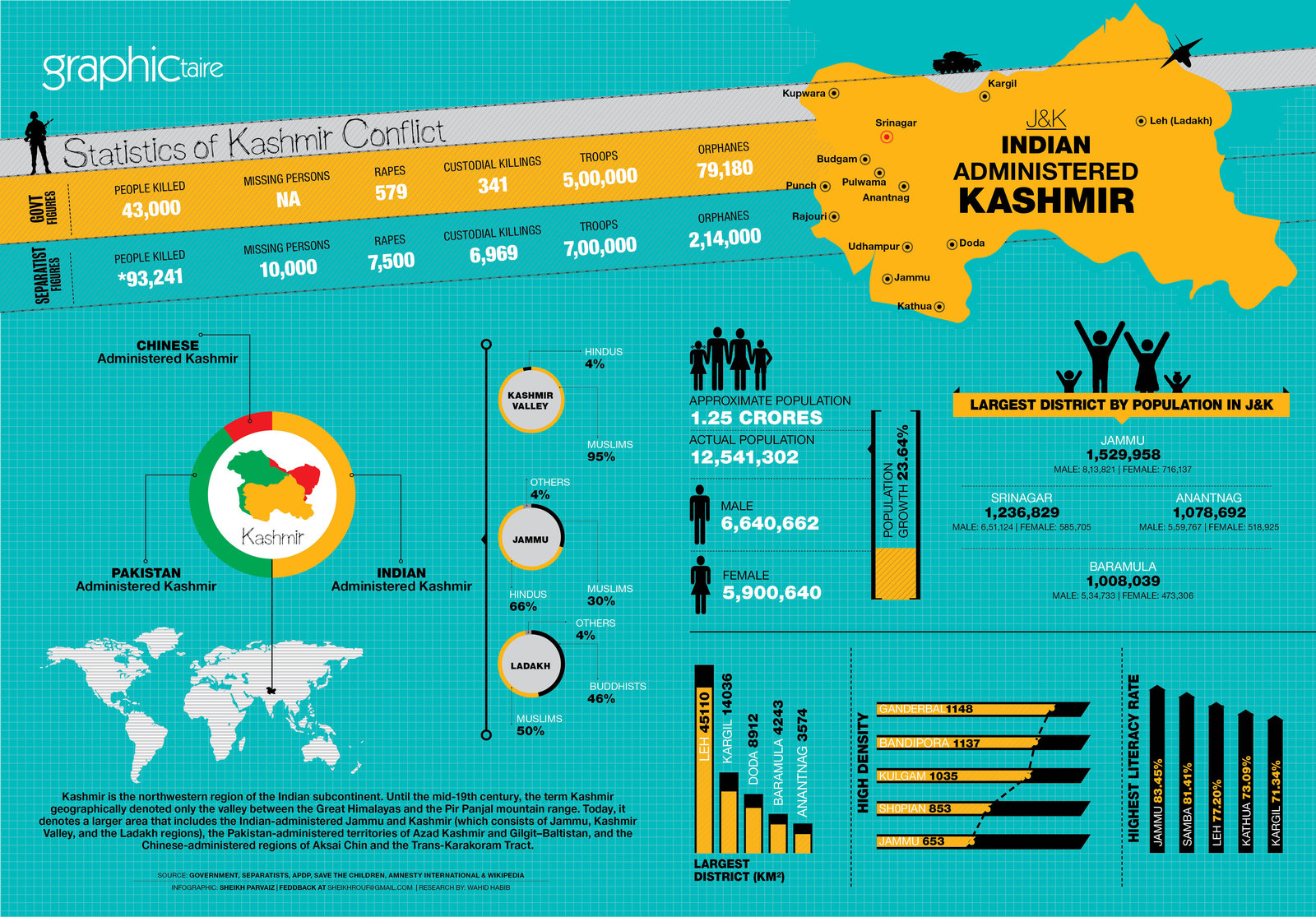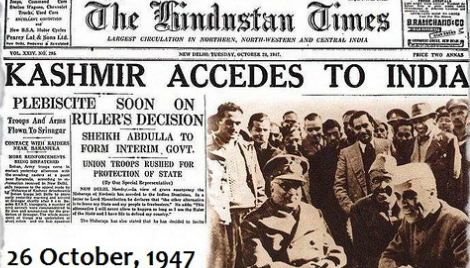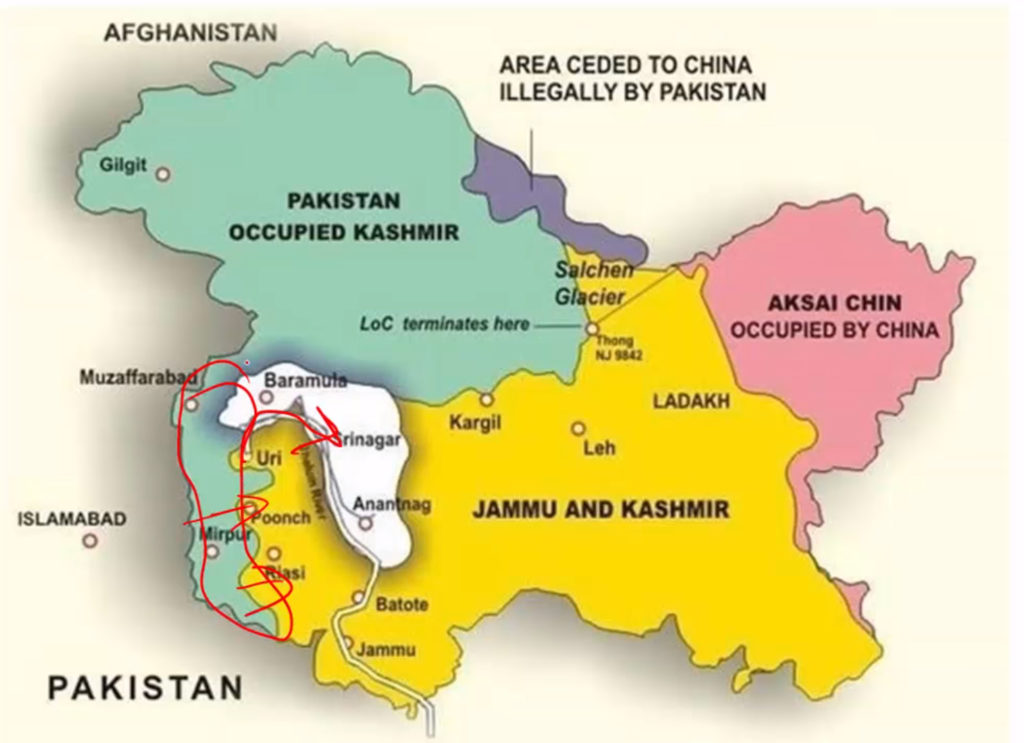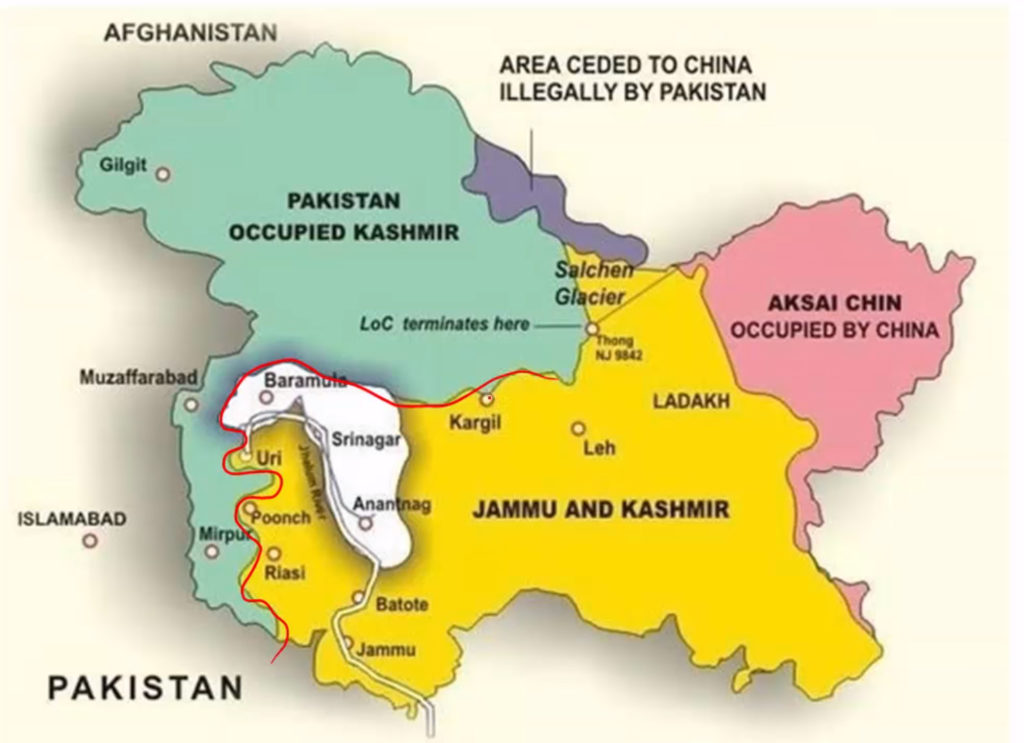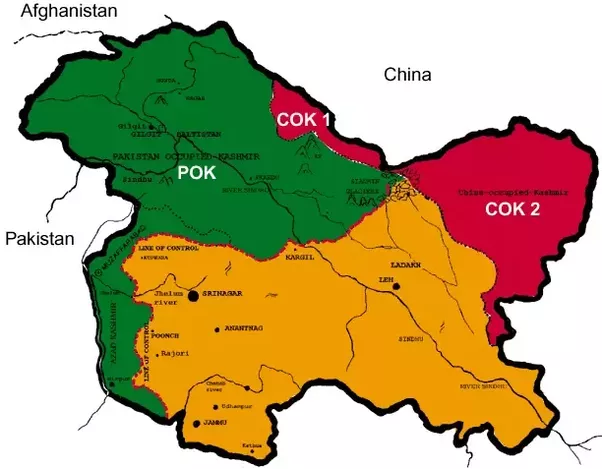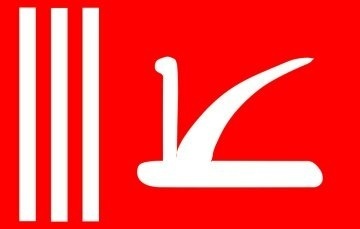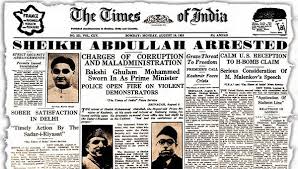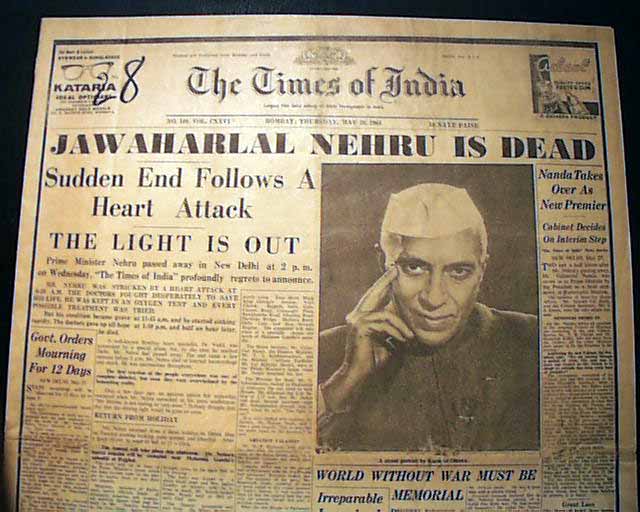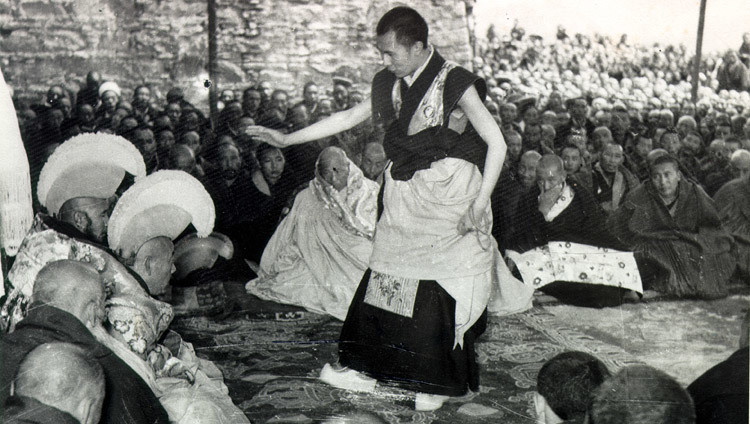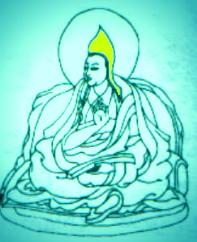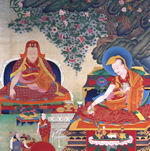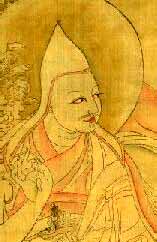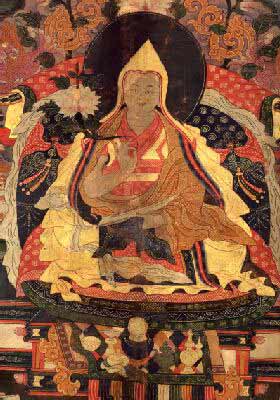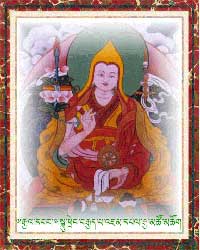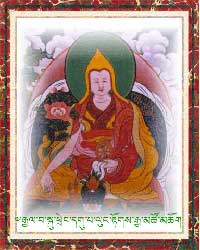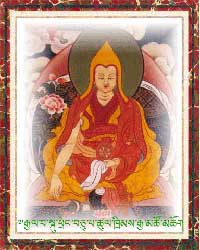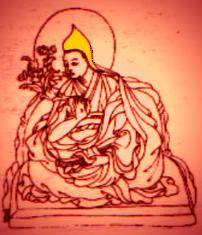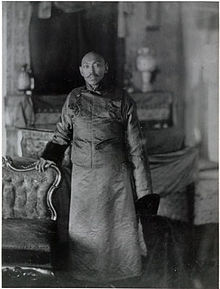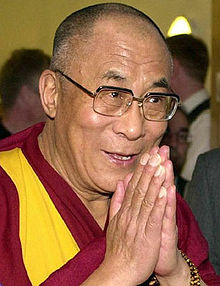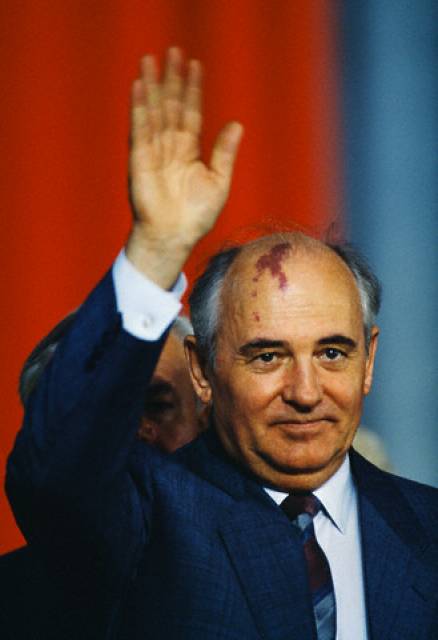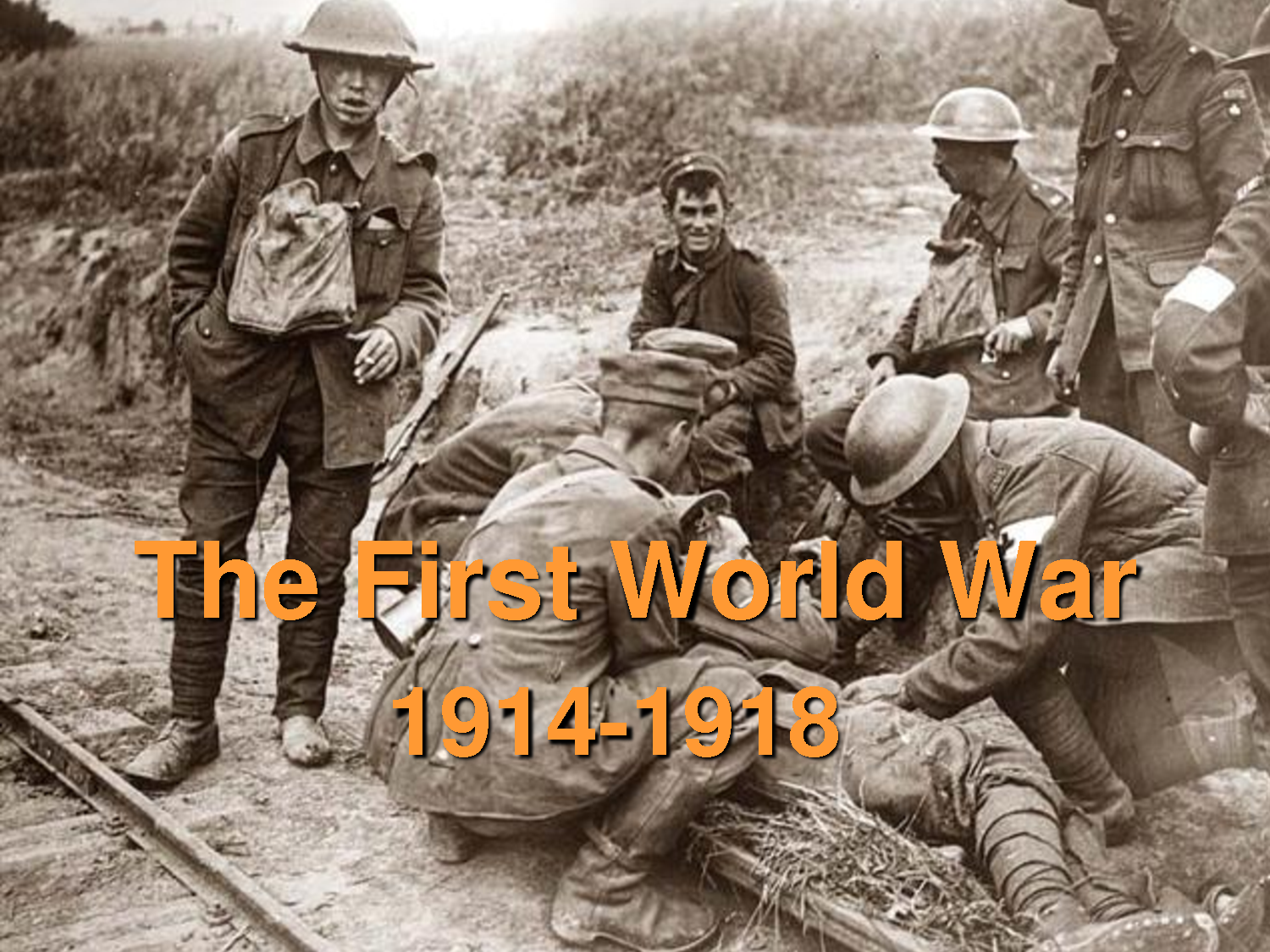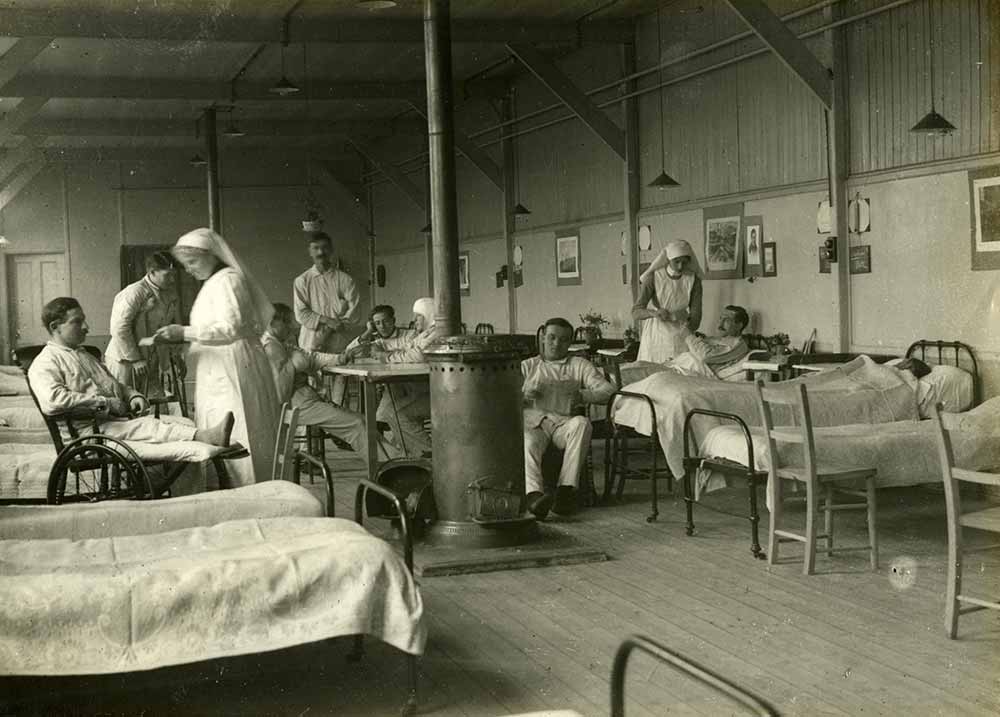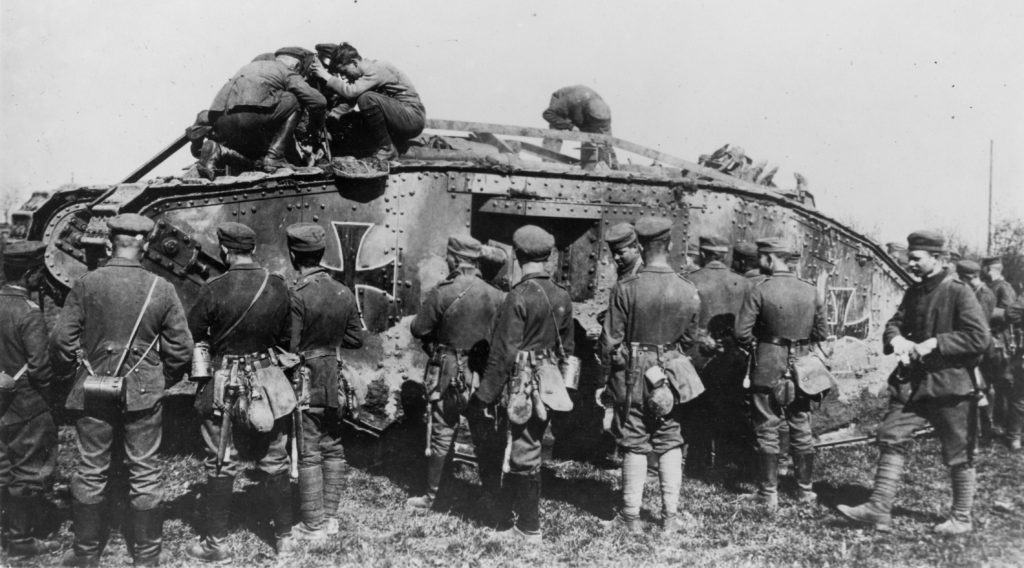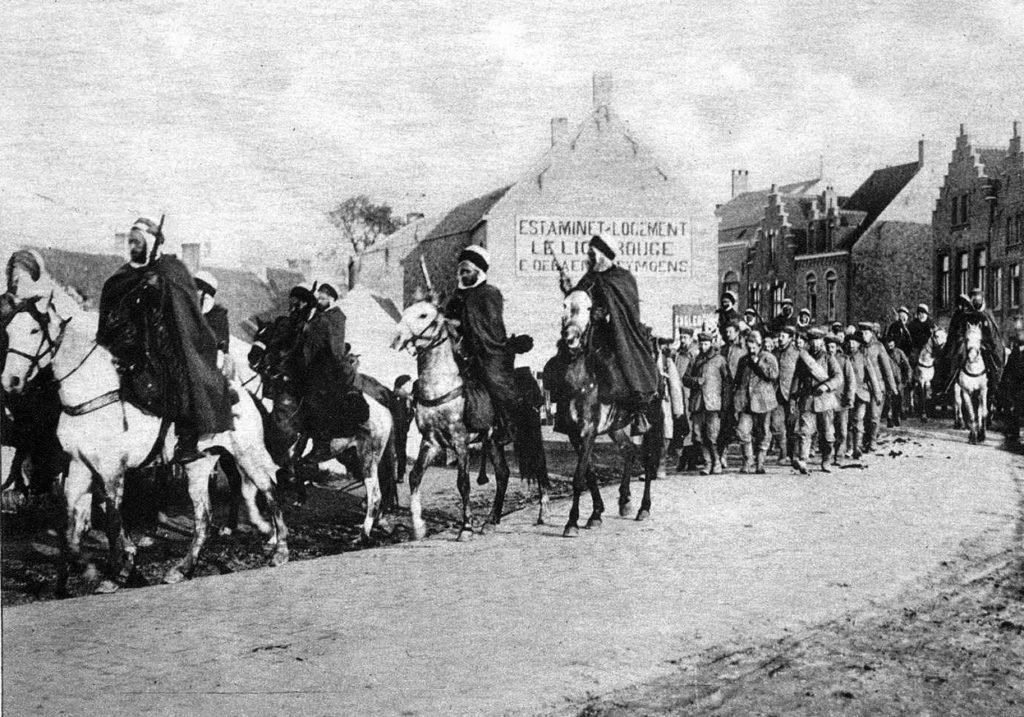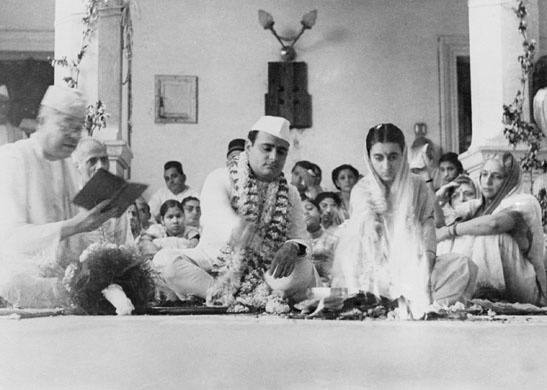Generally, festivals are celebrations characterized by excitement, enthusiasm, and enjoyment; Jain festivals are characterized by renunciation, austerities, study of the scriptures, and repetition of holy hymns by reciting Sutras and Stavans, meditation, and expressing devotion for the Tirthankars.
Paryushan is the most important festival in Jainism. It is observed during the month of August and/or September. The Shvetambar sect observes it for 8 days while the Digambar sect observes it for 10 days where it is known as Das Lakshana Parva. During these eight or ten days, the entire Jain community becomes engrossed in spiritual and religious activities.
Shvetambaras are also called Deravasi’s i.e. those who go to Derasar. Derasar is a jain temple. So basically Deravasi’s believe in idol worship.
Digambars or sthanakvasi’s do not believe in idol worship. They worship in sthanak or a large prayer hall. It’s an empty prayer hall, without any idol of god. In both the sects, monks are the gurus.
Literally, Paryushan means”coming together from all directions”. This symbolizes growth and transformation.
The word “Paryushan” has several meanings:
Pari + Ushan = all kinds + to burn = to burn (shed) all types of karmas. Our scriptures have prescribed twelve different types of austerities (tap) such as fasting, to reduce our Kashäyas and thereby eliminate our karmas.
Another meaning of “Ushan” is to stay closer. We stay closer to our own soul (remember the qualities of our true soul) by doing Swädhyäy (self-study), meditation, and austerities during Paryushana.
Pari + Upashamanä = Upashamanä means to suppress, mainly our passions (Kashäyas – anger, ego, deceit and greed) from all sources.
The purpose of life according to Jain teachings is to realize oneself, as well as to experience wholeness, peace, compassion, and reverence for all life. Therefore, the real purpose of Paryushan is to purify our soul by observing and correcting one’s faults, asking for forgiveness for the mistakes they have committed, and taking vows to minimize their faults. During Paryushan they should strive to minimize our worldly affairs so that they can concentrate on the qualities of their true self.
Paryushan is a period of repentance and confession for the undesirable acts of the previous year, and to practice austerities that help minimize our passions and vices, which shed accumulated karma. Austerity, the control of one’s desire for material pleasures, is a part of spiritual training. During this period, some people fast for the entire period of eight or ten days, while others fast for shorter periods, although the Jain scriptures recommend a minimum three day fast. However, it is considered obligatory to fast on the last day of Paryushan. Fasting usually involves complete abstinence from food or drink, but during the daytime, drinking of water that has been boiled and cooled in the morning is is permissible. If one cannot fast for the whole day, eating only one meal also counts as limited fasting.
There are regular ceremonies in the temple and meditation halls during this time. During the first three days of Paryushan the Sädhus and Sädhvis deliver sermons related to the five activities that lay people (Shravaks and Shravikas) are required to do during Paryushan.
Five Essential Activities of Paryushan:
Amari Pravartan
Leading a non-violent life, working towards a non-violent world, and supporting animal welfare activities
Sadharmik Vatsalya
Respecting fellow human beings and supporting humanitarian activities
Attham Tapa
Observing fasts for the last three days of Paryushan. Some people fast for all 8 days of Paryushan and it is called Atthai. After 8 days, they celebrate the success of the person doing the Atthai, they call their friends and family to be a part of this celebration.
Chaitya Paripati
Visiting different Jain temples, Jain libraries, Upäshrays, and supporting other charitable and religious organizations
Kshamapana
Repenting our sins, forgiving others and requesting forgiveness from others
In the Shvetambar tradition, the Kalpa Sutra, a Jain scripture that includes a detailed account of the life of Bhagawan Mahavir and other Tirthankars’ is read to the congregation from the fourth through the last day of Paryushan.
On the fifth day the auspicious dreams of Bhagawan Mahavir’s mother Trishala are celebrated at a special ceremony. (Click here to read an article on 14 Auspicious dreams of Trishala mata) The final day of Paryushan, known as Samvatsari, the day of repentance of our past sins and forgiveness to others, is the most important day of Paryushan.
The Digambar tradition calls this festival Das Lakshana Parva and observes it for 10 days. Each day is dedicated to one virtue.
10 virtues are:
1. Kshama – Forgiveness
2. Mardava – Humility
3. Arjava – Straightforwardness
4. Shaucha – Contentment – absence of greed
5. Satya – Truth
6. Samyam – Restraint of all senses
7. Tapa – Austerities
8. Tyag – Charity
9. Akinchan – Non-possessiveness
10. Brahmacharya – Chastity or Celibacy
Some traditions read the Tattvartha Sutra, an ancient Jain scripture that covers the entire Jain philosophy, is read to the congregation. The scripture has 10 chapters and one chapter is read every day.
The last day of Paryushan (Samvatsari) and the first day of the Das Lakshana Parva (Kshama) is the day of forgiveness, and the most important day for all Jains.
This is the day when all Jains repent for their past sins, ask for forgiveness from family, friends, enemies, and especially from those with whom they have struggled, for hurting them in any way either knowingly or unknowingly during the past year. It is essential to their spiritual advancement that they do not harbor ill will or hold grudges beyond a year. Hence, the annual occasion for repentance and forgiveness is the most important day in Jain tradition.
By meditating and purifying during these eight days of Paryushan or ten days of Das Lakshana, they come to realize themselves. They call the Festival of Paryushan, the Festival of the Soul – “when we forgive, we become one with the light of our soul”.
On the last day those who have observed rigorous fasting are honored, especially to encourage others to follow their example.
Listening to the Kalpa Sutra, Tattvartha Sutra, or some other scripture, taking positive steps to ensure the welfare of all living beings, developing the feeling of brotherhood towards fellow human beings and forgiveness for all living beings, doing penance, visiting neighboring temples, libraries, and Upäshrays are all important activities during this time.
After performing Samvatsari Pratikraman (pratikraman means introspection) or Das lakshana celebration, Jains request forgiveness from all living beings in person, via telephone, or via mail. You all must have read or heard this many times – MICHHAMI DUKADDAM (asking for forgiveness).



